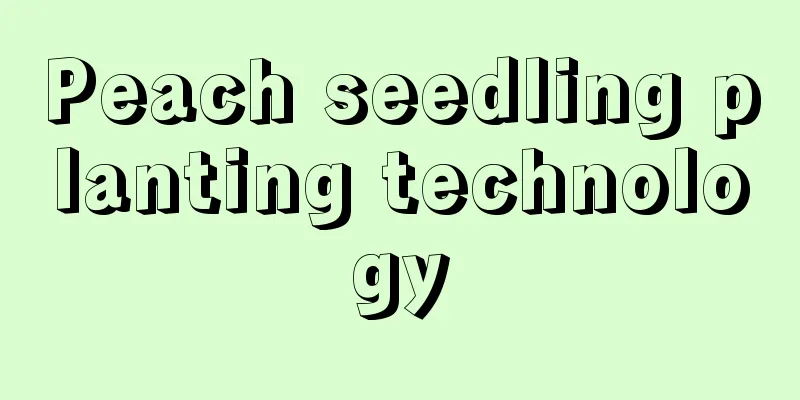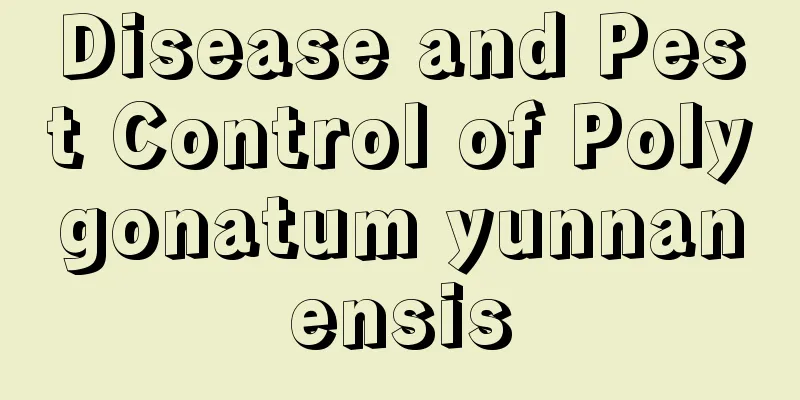How to shape elm bonsai and what to do with yellow leaves

1. How to raise1. Light: Elm trees prefer a growing environment with sufficient light, so the plants need to be placed on a sunny balcony or outdoors for maintenance. If there is insufficient sunlight, the leaves will grow too long and the color will be dull, and it will also be easy to breed various diseases and pests. 2. Watering: Elm trees like moisture but are afraid of waterlogging, so the amount of watering needs to be reasonably controlled. When the weather is hot and dry in summer, you need to water the plants thoroughly once in the morning and once in the evening every day. At other times, when the soil in the pot is dry, just water it thoroughly. 3. Fertilization: Fertilizer should be applied once in early spring and early autumn, and it is not advisable to apply more than once. Fertilizers are mainly nitrogen and potassium fertilizers. 4. Pruning: Elm trees grow quickly and need to be pruned promptly to maintain the beauty of the bonsai. Pruning and shaping can be done in autumn, cutting off diseased branches, dead branches and useless branches that affect the shape, and pruning according to the shape that has been formed or has been formed. 5. Pests and diseases: It is easily attacked by aphids, scale insects, etc. When insect pests occur, you can spray them with 1000 times diluted omethoate solution, then place them in a ventilated place and wait for them to recover. 2. What to do with yellow leaves1. Yellow leaves caused by insufficient light require the plant to be moved to a sunny place to allow it to recover. 2. For physiological yellowing of leaves caused by too low temperature, first remove the yellow leaves, then place the plant in a warm place for maintenance, keeping its growth temperature at around 15-20 degrees. When the weather is too cold in winter, it needs to be moved to a warm place indoors for breeding. 3. Excessive watering and poor drainage of the flower pots cause root rot, resulting in yellow leaves on the elm tree. If the situation is not serious, control the amount of watering in time and move the plant to a ventilated place. After loosening the soil, let the excess water in the pot evaporate as soon as possible. In addition, no fertilizer should be applied in the short term. If the roots are rotten, dig out the plant, cut off the rotten part, disinfect it, then replace the soil and replant it. |
<<: Is carbendazim harmful to the human body? How to use carbendazim?
>>: Elm tree rots and oozes liquid. How to deal with the wound oozing liquid
Recommend
Why do cyclamen flowers fall over?
Too much watering Generally, when the flowers of ...
What flowers are suitable for growing in Shenyang? What are the city flowers and trees?
1. Climate characteristics of Shenyang Shenyang h...
How many days does it take for garlic to sprout?
There are many varieties of garlic , and growers ...
How to propagate Lespedeza
Seed propagation method: Seed selection and proce...
Learn these 9 tricks of cuttings, and whatever you plant will grow alive and big white roots!
What kind of cuttings to choose? Cuttings are bra...
How to grow zaindri
1. Maintenance methods 1. Temperature: The most s...
How to grow camellia at home to make it grow well (newbies must read how to grow camellia more vigorously)
How to grow camellia at home Camellia has shiny g...
This thing is not worth a penny. Put it in the flowerpot in the summer, and the leaves will grow big and green and fill the pot!
Old newspapers can enrich the soil Old newspapers...
Cultivation and pruning of Kalanchoe
Kalanchoe is loved by many flower lovers for its ...
Can green apple arrowroot be hydroponically cultivated? Hydroponics cultivation method
Can green apple arrowroot be hydroponically culti...
Plants that grow in harsh environments
1. Snow Lotus The appearance of snow lotus is sim...
Is kiwi fruit hot or cold in nature? How many is best to eat a day?
1. Cool or hot Kiwi fruit is cool in nature and i...
When is the best time to plant cabbage?
Cabbage , a biennial herb of the genus Brassica i...
Can carnations be planted in the ground?
Can carnations be planted in the ground? Carnatio...
Can peach trees be planted outside the house?
Can peach trees be planted outside the house? It ...









